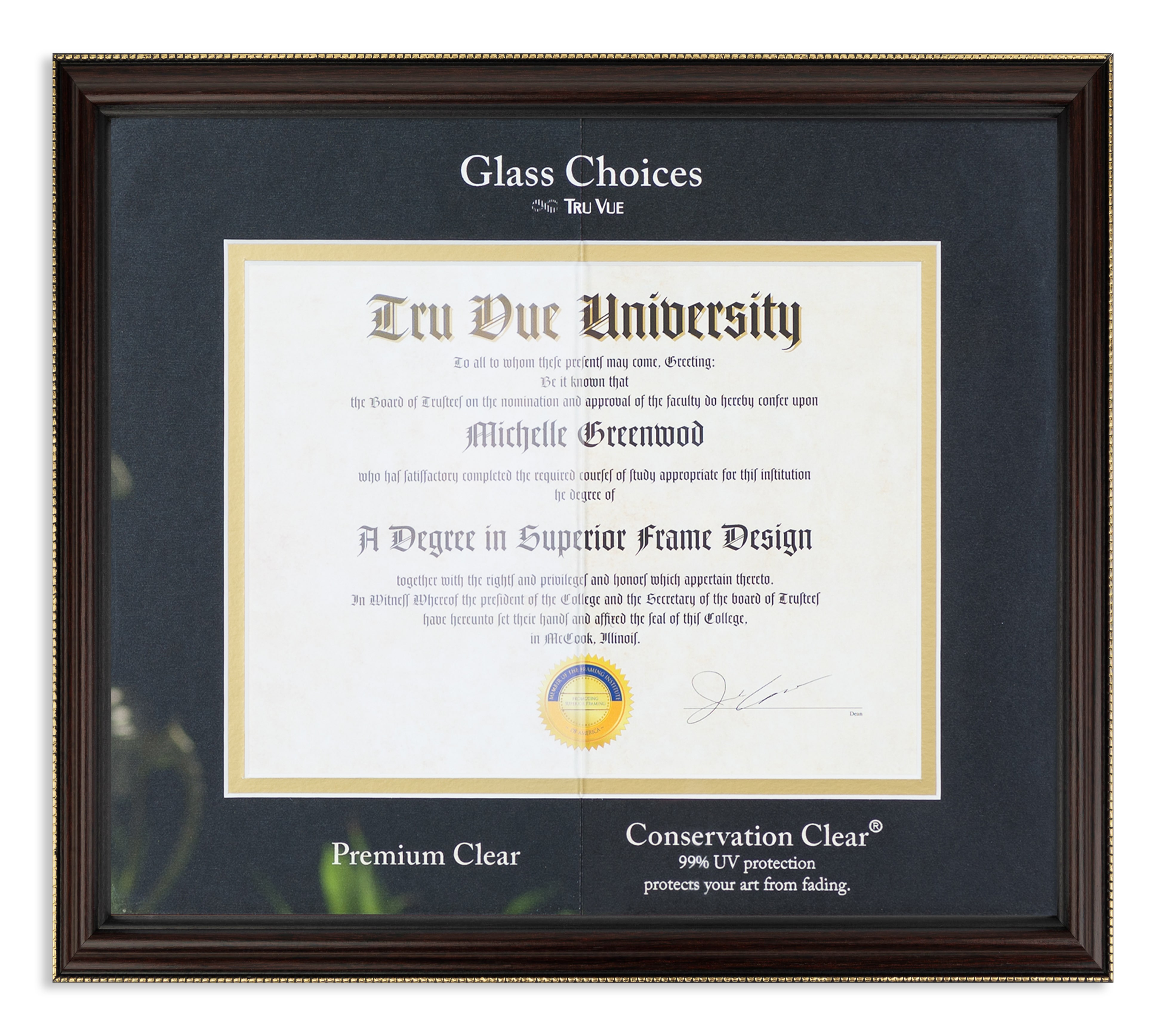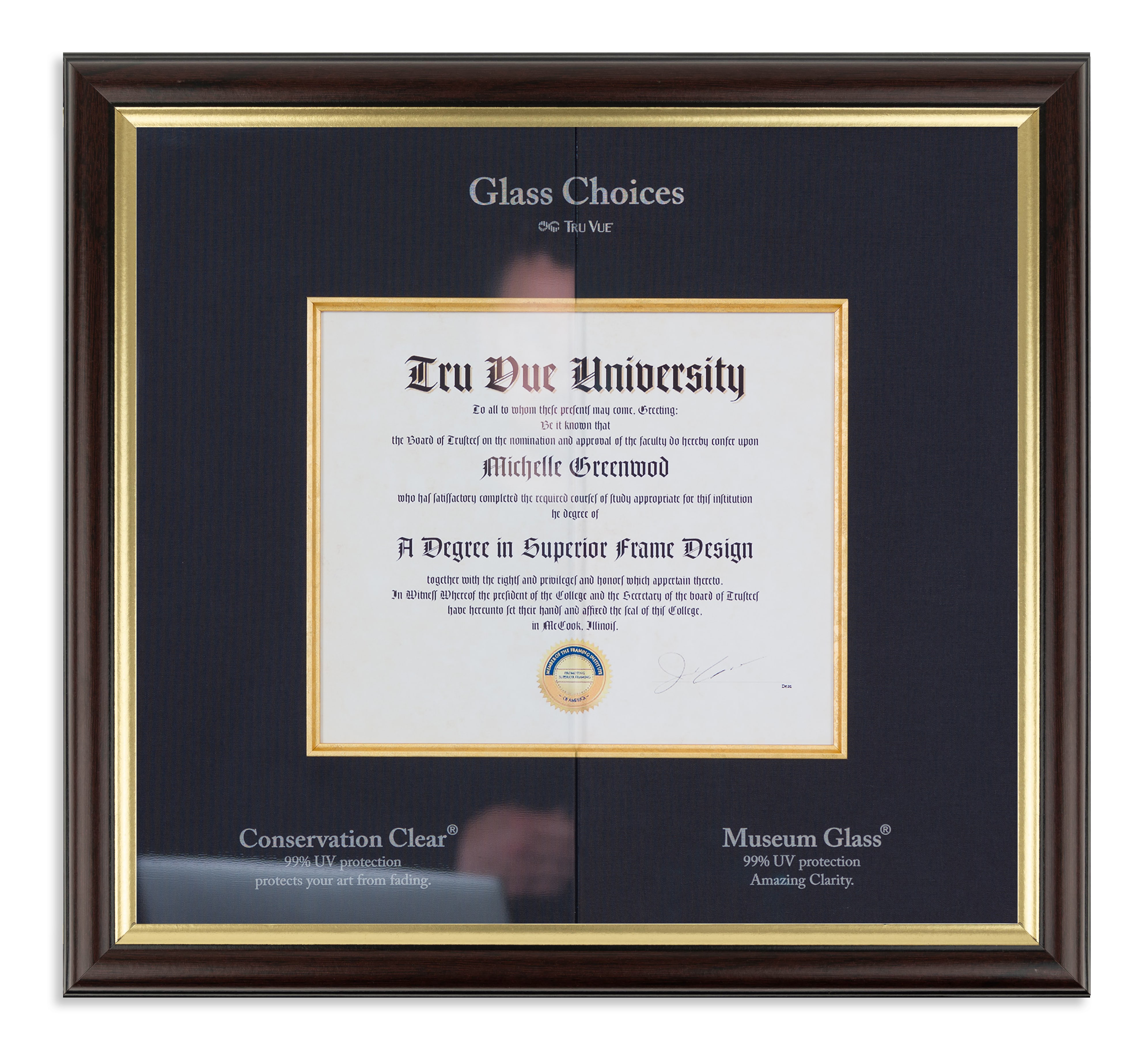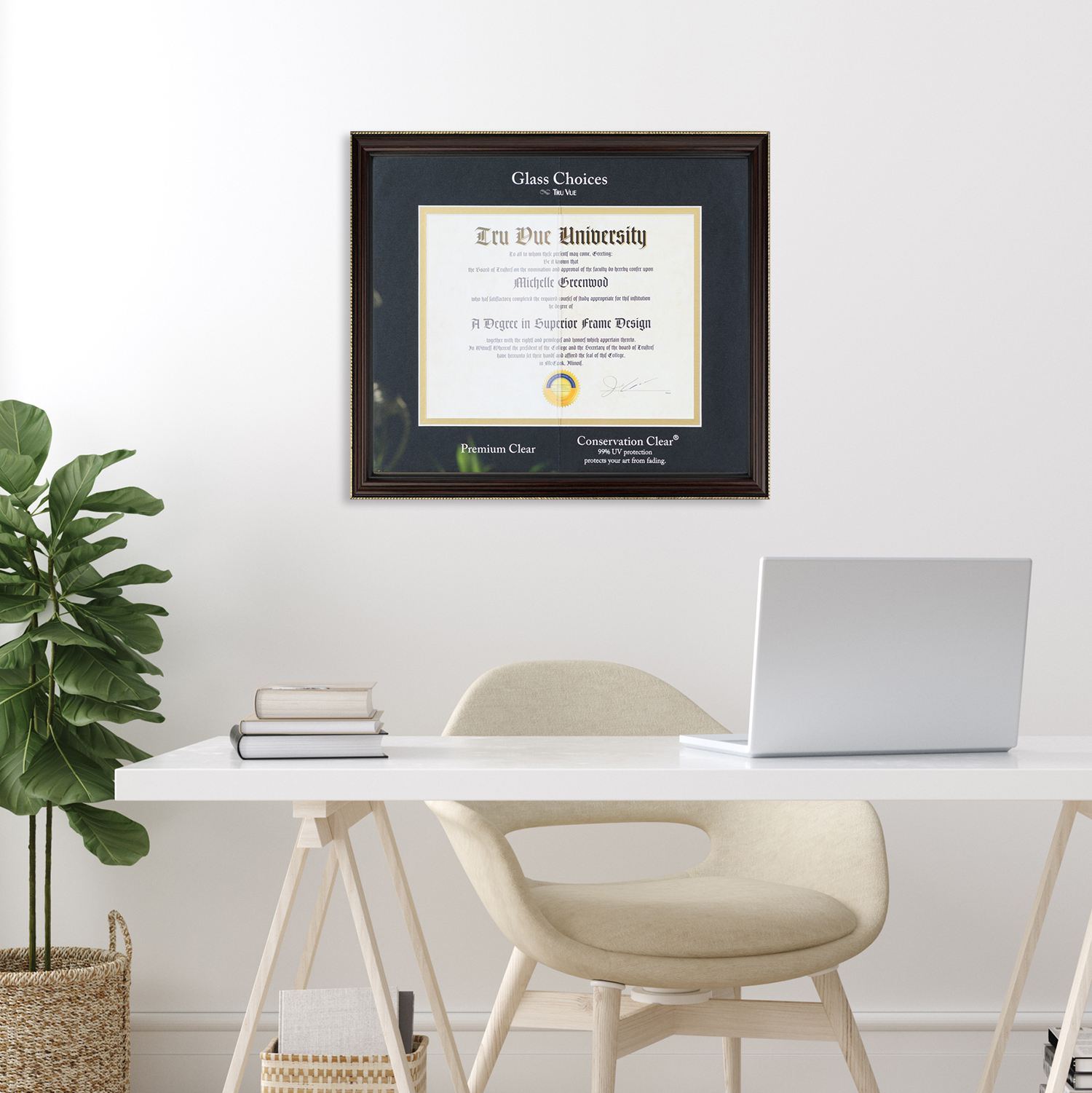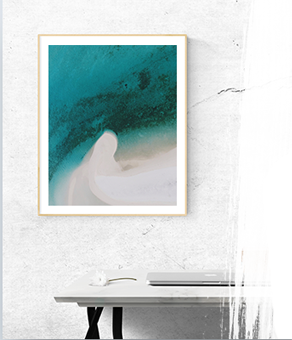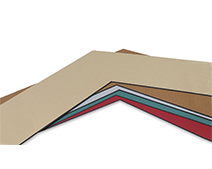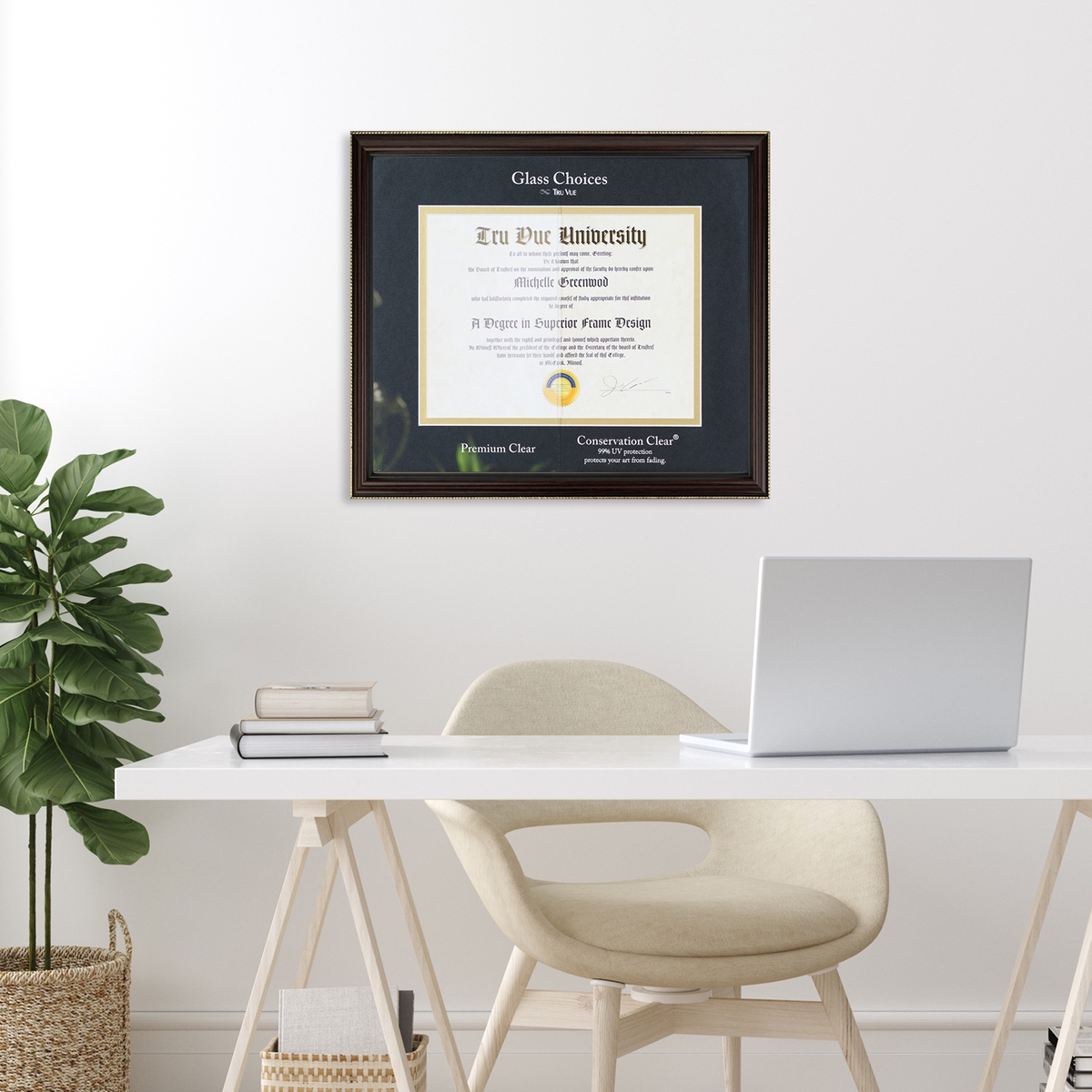
Preserving Framed Diplomas and Valuable Documents with the Right Glass
There are few events in life as significant as a graduation. Graduations represent the culmination of years of hard work and achievement. We gather to celebrate these types of achievements to be proud of your journey in life and look forward to the successes that lay ahead. Receiving a diploma or any certifying document is so much more than a passage from one stage of life to another.
- Diplomas acknowledge the role that family, friends, and community plays in helping someone get to the point of graduation
- Highlights an outstanding achievement that should be on full display
- Distinguishes career progression
The truth is, a diploma is one of the most expensive and significant pieces of paper that most people will ever earn; and it deserves to be displayed properly, with museum-quality protection. For this reason, it’s important to understand how these paper documents react to the elements and age over time as well as explore your options to preserve them for generations to come.
Mahagony With Gold Beads Diploma Frame
The Effects of UV Rays on Paper
Even in the digital age, diplomas are still (and will always be for the foreseeable future) printed on paper because being able to have a tangible representation of your achievements is important. It can even serve to bolster your expertise whenever customers walk through the door if it's properly displayed in your workplace. But it's important to know how to maintain it properly.
According to the Northeast Document Conservation Center, light is the most common cause of damage to art collections. However, the damage that UV rays can bring to diplomas goes much further than the fading that we are used to seeing. According to them, exposure to UV rays, “can lead to fading or changing colors in dyes and colorants. Ultraviolet radiation will lead to weakening, bleaching, and yellowing of paper and other organic materials.”
As the years continue to pass from one’s graduation, the likelihood of obtaining a replacement from your alma mater decreases dramatically, which makes the decision of how to preserve all that more important.
Mahagony and Gold Slop Diploma Frame
Does Regular Picture Glass Work for Framing Documents?
Regular picture glass was indeed a huge advancement in technology in the mid-eighteenth century for protecting art pieces while still allowing them to be visible. It’s true that regular glass does provide some protection but the truth is that it lacks important attributes designed to help protect items of sentimental value such as UV protection against fading and better strength. Regular picture glass is typically suitable for printed photos that can be easily replicated. For one of the kind documents and art pieces, it is worth exploring upgraded glazing options to prolong the life of your investment.
The Benefits of Museum-Quality Glass for Diploma Framing
The advancements in Museum glass technology by Tru Vue have brought new options for protecting your coveted life achievements. Another benefit of upgrading to museum glass is the anti-reflective qualities which can help bring visibility to your diploma, certificate, or other memorabilia—especially in well-lit rooms.
Upgrading to museum glass includes the following:
- Virtually eliminates distracting reflections
- Blocks up to 99% of damaging UV rays for maximum preservation
- Optimal light transmission brighten colors
- Enhanced surface for better durability and easy cleaning
- No ripple or “orange peel” effect on glass surface - hang your diploma almost anywhere without worrying about the negative effects from external lighting
- Proprietary coatings are engineered for permanence
- Premium 2.5mm thickness for better strength and rigidity
When Should You Consider Using Museum-Quality Glass?
- Military achievements
- Law degrees
- Medical degrees
- Certificates of any kind
- Artwork
Museum glass is the ideal medium for preserving your most precious memories for years to come.
Protect Your Achievements With Tru Vue Museum Glass®
Diplomas are a physical representation of the hard work you've accomplished. If you are proud of your achievements and want to treat your coveted document with the respect and prestige it deserves, protect it properly with a museum-quality glass. For more information contact our team or visit Tru Vue’s Museum Glass page.
Looking for the perfect gift for a new graduate? Browse and customize a unique diploma frame that honors their alma mater best!





